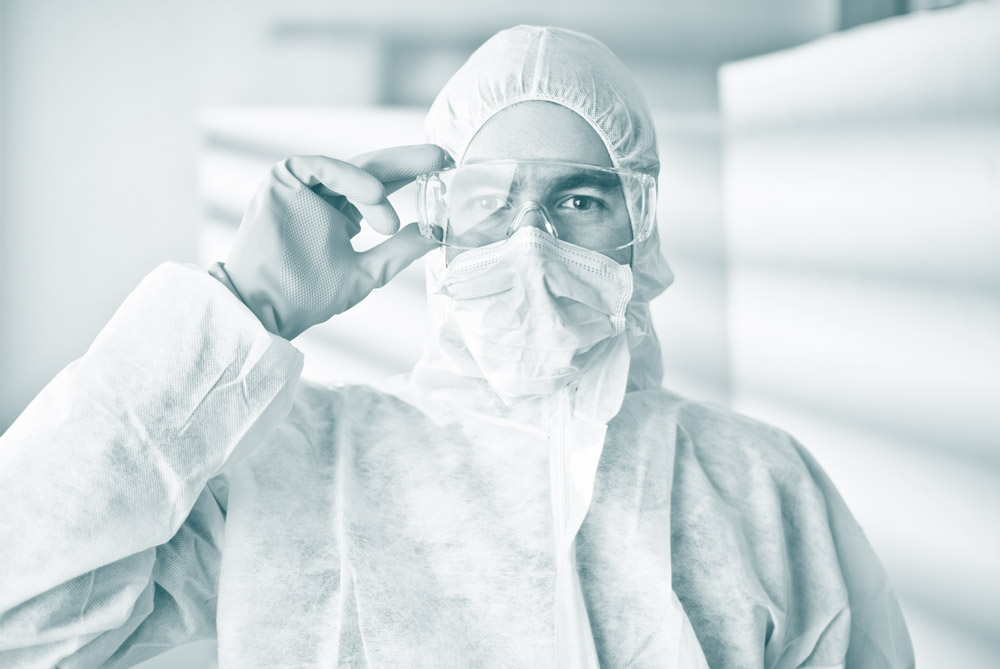Cleaning & Disinfection, Knowledge Base
Simple Ways for Effective Veterinary Cleaning and Disinfection
Diseases pose a constant threat to animal health. Microorganisms can transfer from contaminated surfaces and fomites to animals and other locations. Regular cleaning and disinfection (C&D) is essential in all animal settings to prevent this. Veterinary cleaning products reduce surface pathogen levels, minimize exposure risks, and improve animal well-being. They are a critical component of biosecurity on farms, other animal settings, and veterinary hospitals and clinics. Successful C&D involves understanding the process, choosing the best method, and recognizing limitations. A successful cleaning and disinfection program includes:
Cleaning: It is important to clean surfaces such as veterinary exam tables or floors before disinfecting them. Cleaning removes dirt, organic matter (such as feces, manure, and body fluids), and other debris that can conceal organisms during disinfection. This material can also render certain disinfectants ineffective. Cleaning checklists, daily cleaning sheets, and protocols should be maintained.
Disinfection: Using the right disinfectant product or method for each situation is important. Chemical or physical processes disrupt microorganisms, resulting in their destruction or inactivation, but no single product or process works for all conditions. Products or methods needed for a disease situation will likely differ from those used daily. Veterinary strength, higher concentrations, or longer exposure times may be needed to destroy resistant organisms, but these can increase health and safety risks or cause surface damage to veterinary instruments, equipment, and tables.
Instructions:
- When disinfecting, follow the manufacturer’s instructions. The product label should include which organisms the product can kill, where it can be used, the proper concentration, necessary contact times, and any health and safety issues.
- Follow label instructions for effective disinfection. More is not necessarily always better.
- Allow the disinfectant to work properly by following product-specific contact times.
Surfaces must remain wet during this time for best results. It’s important to note that the chemistry could react with the surface and the wiping materials used, rendering certain disinfectants ineffective.
Safety: Ensure safety when using disinfectants: read labels, use personal protection when needed, and properly rinse surfaces before placing animals in the environment. Look for safer disinfectants with a minimal amount of residue whenever possible.





















HAVE AN IDEA FOR CONTENT?
We are always looking for ideas and topics to write about.
Contact Us